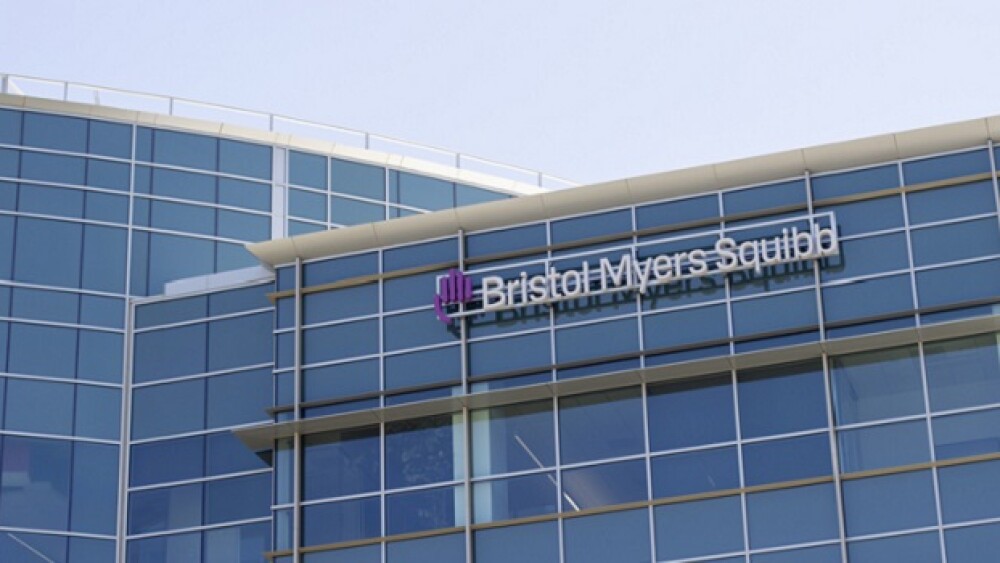Pacific Business News (Honolulu) -- Five years after setting out to manufacture the delicate tissue that enables the human eye to see clearly, Cellular Bioengineering Inc. has completed 10 successful cornea implants abroad.The Honolulu biotechnology firm’s patented material for artificial corneas is being manufactured locally and last December was used for eye surgeries in Europe.
Cellular Bioengineering founder and CEO Hank Wuh said the pilot tests help validate the material’s effectiveness, with all patients — who ranged in age from 16 to 75 — regaining sight.
“This is a world-class effort,” Wuh said. “We have a realistic chance to give vision back to the 10 million people who are blind in the world [because of diseased or injured corneas]. I think that’s very significant,” he said, noting that currently the only cure is a transplant from a human cadaver, with a healthy cornea costing about $5,000.
That demand creates a lucrative market for Cellular Bioengineering’s artificial disks, evident by the more than 50,000 corneal transplants performed in the United States last year, according to the Eye Bank Association of America. The demand is higher in Asian countries, where cultural beliefs conflict with the practice of organ donating and transplants.
The disks resemble large, shapeless contact lenses and replace the cornea, the transparent front covering of the eye that refracts light and enables the eye to focus.
Cellular Bioengineering’s trial patients were clinically blind and on a waiting list for cornea transplants in Europe. The firm’s artificial disk allows for nerve regeneration, meaning eye tissues grow over the material and integrate it into the body.
“They’re all doing really well, there were no rejections, and all patients have received sensation back,” said Wuh, who earned a bachelor’s degree in human biology and a medical degree from Johns Hopkins University, a master’s degree in public health from Harvard, and completed medical training at Stanford University.
The Cellular Bioengineering division that makes the corneas, Eyegenix, is aiming for approval in the United States by 2010. It has formed a team to work on getting through the U.S. Food and Drug Administration’s regulatory process and expanding clinical trials in Europe and Canada, where regulations are less stringent, and eventually the United States.
Eyegenix is just one of four divisions the 5-year-old company has developed at its Moiliili laboratory, where the motto “Invent. Disrupt. Inspire.” is displayed on the walls.
Cellular Bioengineering has found its success in building companies around university technologies. The firm, which has grown to 30 employees, works with academic research institutions around the world to find emerging ideas, then, after acquiring the rights, brings them to Honolulu for development into commercial products.
“We’re really good problem solvers and we’re looking for technologies that can change the future in a way that dramatically disrupts the marketplace,” Wuh said. “And in addition to being successful as a company, we want to add to the world in terms of a humanitarian impact.”
Cellular Bioengineering’s other three divisions are developing products to decontaminate surface areas using a fast-drying peel gel, code pharmaceutical drugs with tiny color chips, and grow human cells on the surface of a chip.
Wuh, an Iolani School graduate, founded Cellular Bioengineering in 2003 with a regenerative medicine focus using $7.5 million from private investors, research grants and federal contracts.
He said the parent firm holds 25 patented technologies — roughly one patent filed every eight to 10 weeks since the company’s founding.
“We’re like a real estate developer, but instead of real properties, we deal with intellectual property,” he said, referring to exclusive rights such as patents and trademarks. “We come in and build an idea to the point where the world can see it, embrace it and it’s impact is global.”
Cellular Bioengineering acquired the original technology behind its artificial cornea application from a Canadian university.
The company actively works with 10 universities worldwide, including The Scripps Research Institute in California and the University of Ottawa.
Wuh said potential technologies need to meet specific requirements before the company will consider bringing it to Hawaii to develop commercially.
“This is how we look at the world,” Wuh said. “To make an acquisition, it requires the size of the market to be $1 billion or more because that way, even if we’re player No. 3 or No. 4, we’re still profitable. There needs to be strong intellectual property protection and a strong, capable team leader.”
He declined to disclose the company’s research budget or revenue, but said some of the staff strictly go after government contracts and grants to help fund research and development. Cellular Bioengineering has attracted a total of about $14 million in government contracts to date from federal departments interested in its technologies.
“We like to find paying customers early on so that they can share in the R&D risk,” Wuh said. “When you start off with a real problem, you’re making sure that the customer base and market is there first.”
Wuh said Cellular Bioengineering is finalizing the acquisition of a technology it plans to develop for the alternative energy market.




